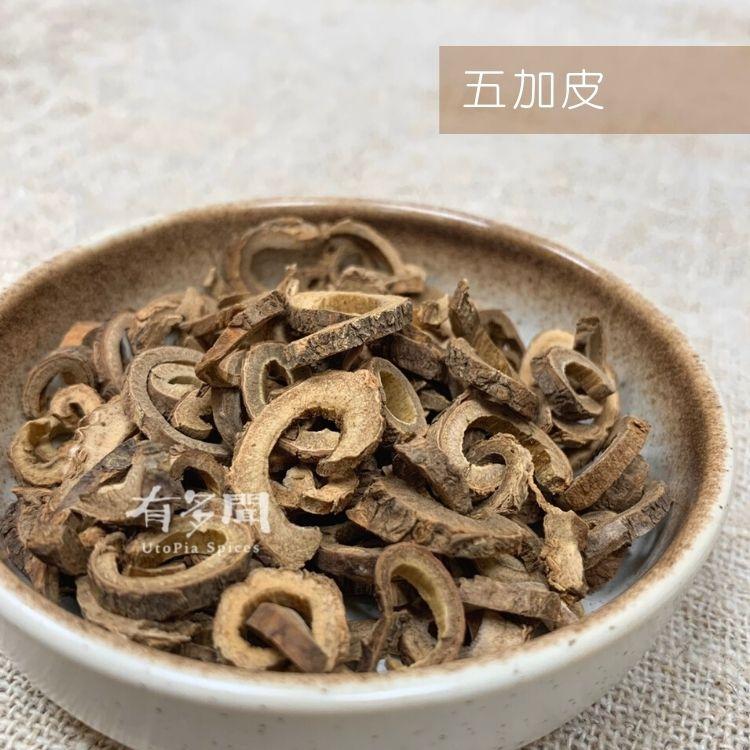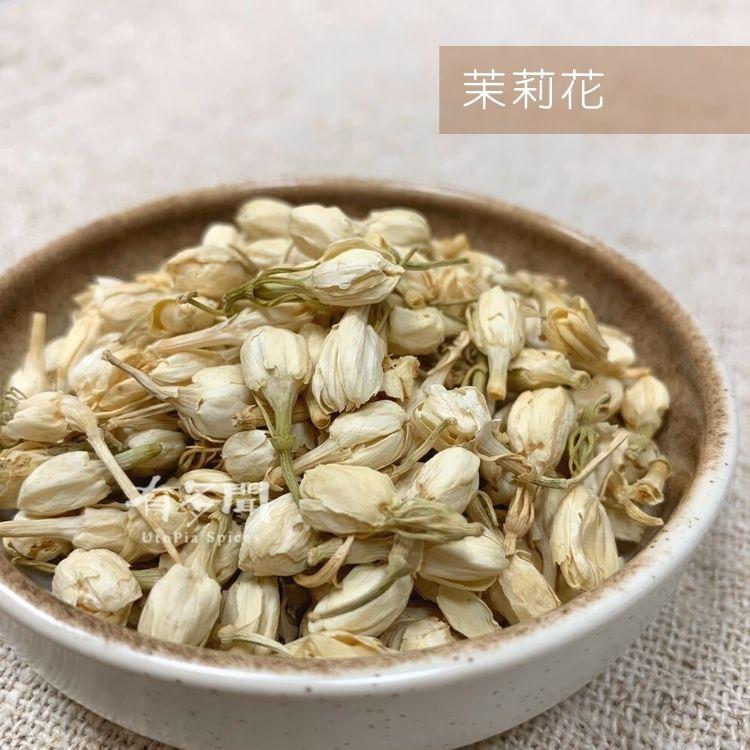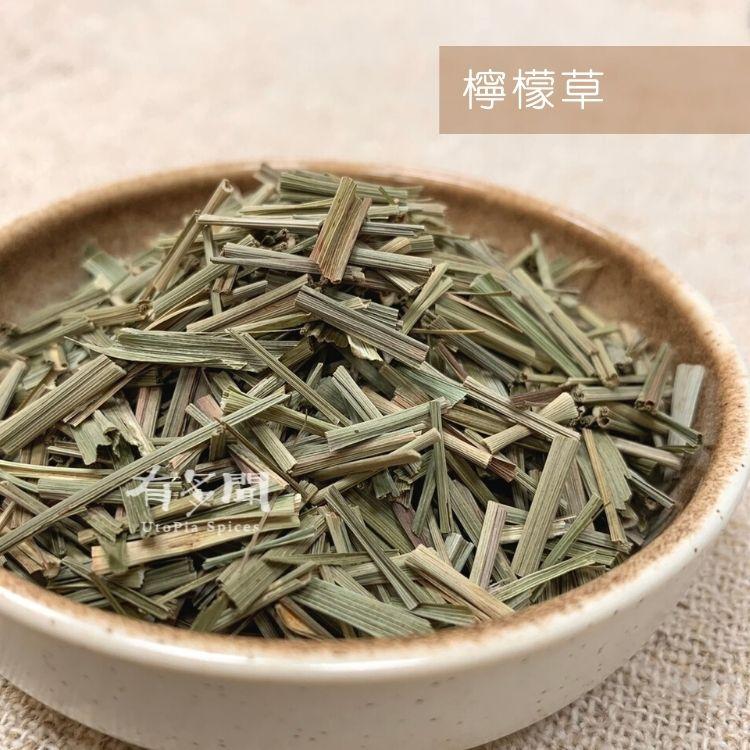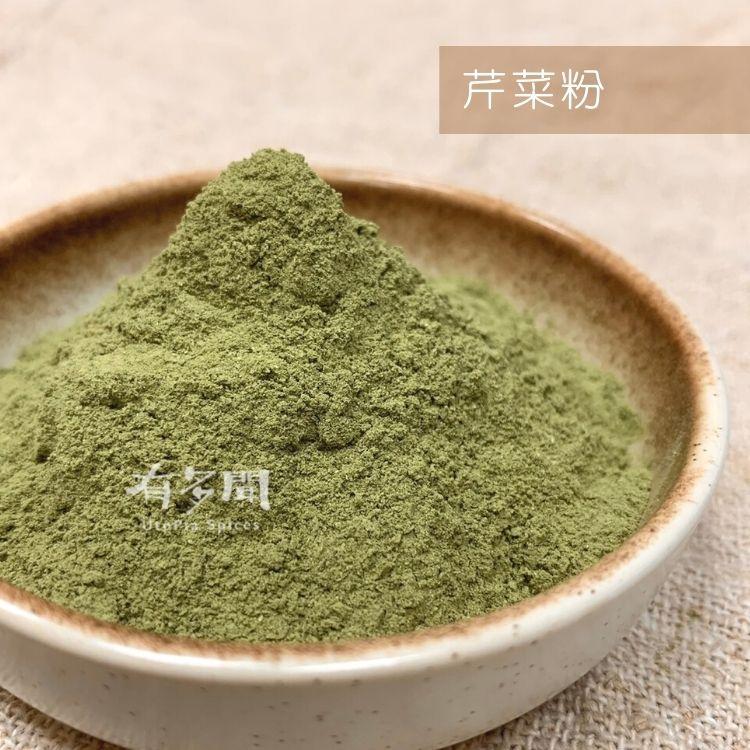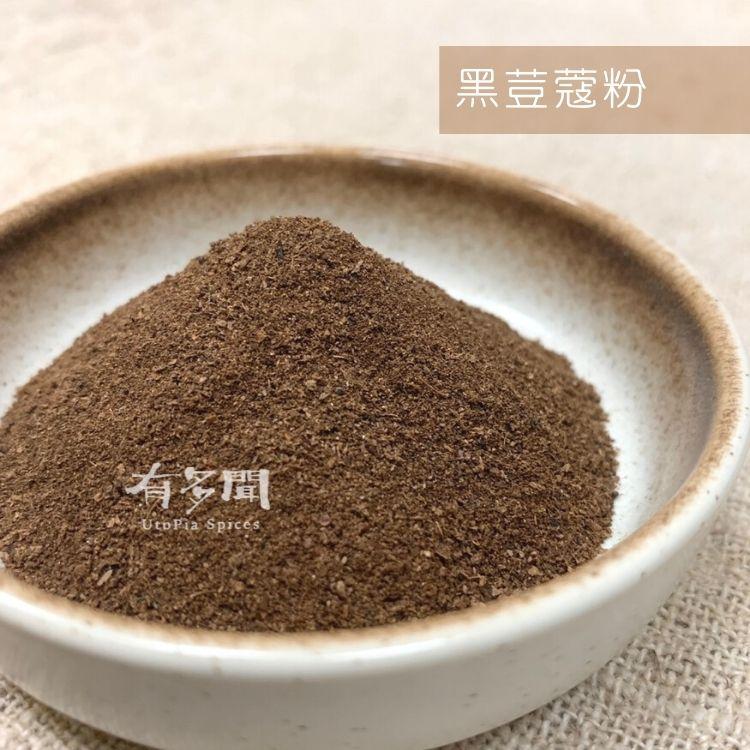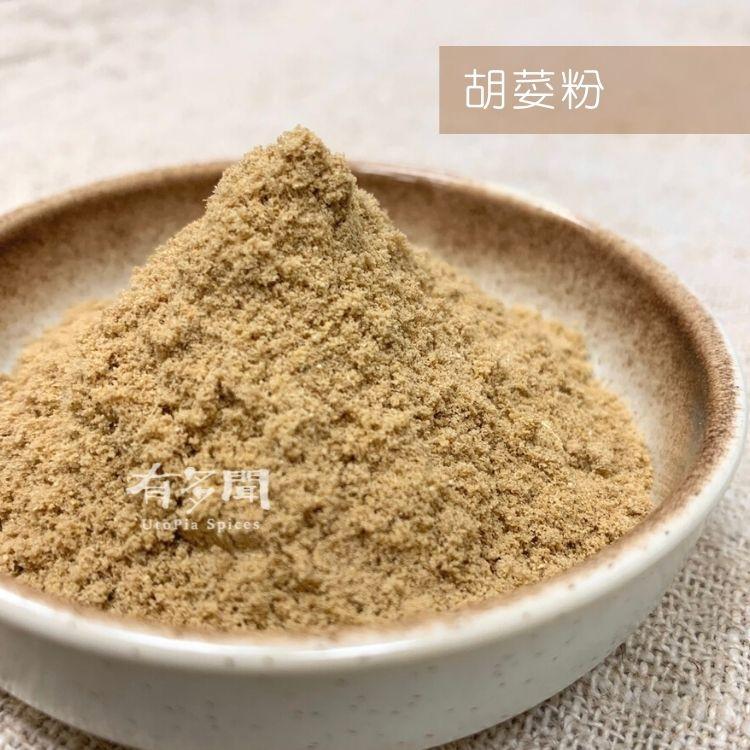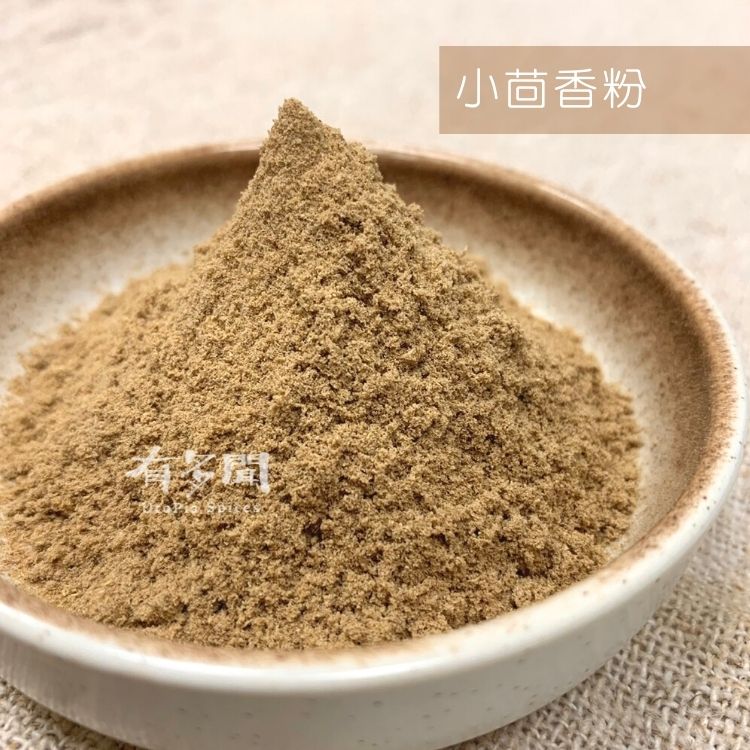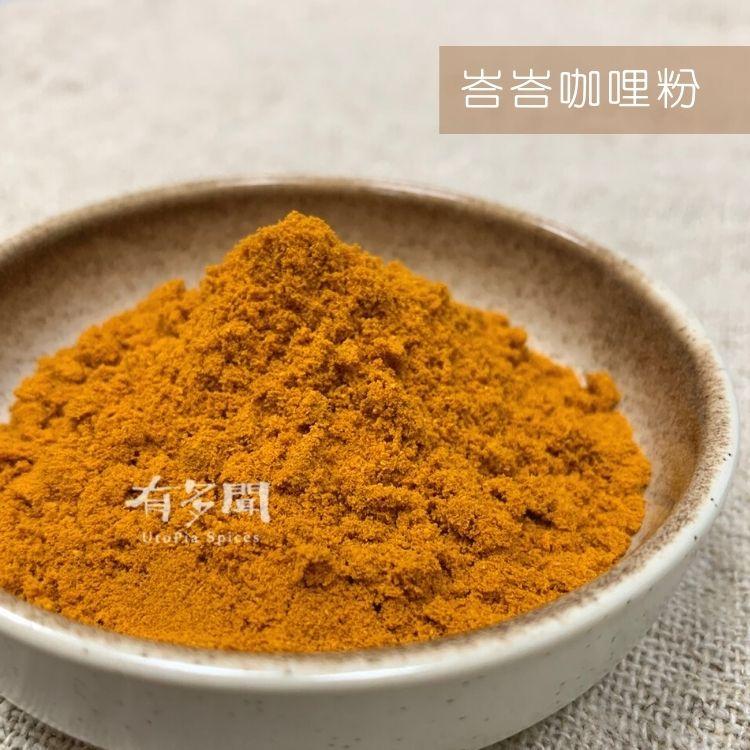
Feature:
Baba curry powder is a type of curry powder unique to Malaysia and Singapore and is influenced by Malay, Chinese and Indian food cultures.
Taste and Smell:
Baba curry powder has a unique spicy, sweet and spicy taste with a slightly fruity aroma.
A mixture of spices.
Origin:
Malaysia
Cooking dishes:
Curry meals: used to make a variety of meat, seafood or vegetable curries, such as chicken curry, fish curry, etc.
Coconut Milk Dishes: Baba curry is often combined with coconut milk to create a rich curry-based coconut milk soup or stew.
Curry cake: A Malaysian snack using Baba curry powder to flavor the filling.
Curry Noodles: A rich curry soup base made with Baba curry powder, served with noodles and other toppings.
**Baba curry powder is a representative of the unique food culture of Malaysia and Singapore, which combines the essence of the multiculturalism of these regions. When cooking, you can add the right amount of Baba curry powder according to your personal taste to achieve the ideal flavor balance.


